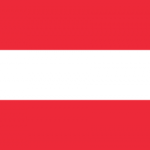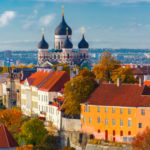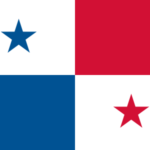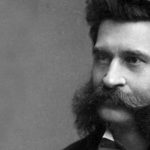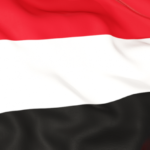Interesting facts about Hungary
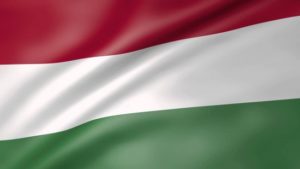 Hungary is a pleasant place. A lot of sunny days, vineyards, pleasant mild climate … Once this country, together with Austria was part of Austria-Hungary, but for a long time it is an independent state. Hungary is very popular with tourists, especially its capital – Budapest. However, many tourists after a visit to this country are thinking about how to move to these hospitable lands for good.
Hungary is a pleasant place. A lot of sunny days, vineyards, pleasant mild climate … Once this country, together with Austria was part of Austria-Hungary, but for a long time it is an independent state. Hungary is very popular with tourists, especially its capital – Budapest. However, many tourists after a visit to this country are thinking about how to move to these hospitable lands for good.
Hungary was founded in 896, which makes it one of the most ancient states of Europe.
The Hungarian freshwater lake Balaton is the largest in Central Europe and very popular among tourists. It is sometimes called the “Hungarian Sea”.
On the territory of Hungary there are over half a thousand thermal springs, which explains the existence of a large number of health resorts.
In Hungary, the largest thermal lake in Europe – Heviz – is located in the crater of an extinct volcano.
The main attraction of the Hortobágy National Park is the Nine-Arched Bridge, which, with a length of 167 meters, remains the longest in Hungary.
Hungarians are holders of Nobel Prizes in all disciplines, except for the Peace Prize. The number of Nobel laureates per capita in this country is one of the highest in the world.
Hungarians invented such an indispensable thing as a ballpoint pen, as well as the most popular puzzle in the world – the Rubik’s Cube. Among their inventions are also the Basic programming language and holography.
The main seasoning, which is added to almost all dishes of Hungarian cuisine – paprika.
Goulash is a traditional Hungarian dish, but in this country it is not called stew with vegetables, but soup.
In Hungary they produce famous Tokay wine, which Louis XIV called “the wines of kings”.
The products of the Hungarian factory Herend, which produces luxurious handmade porcelain, are enjoyed by royal families and rich people around the world.
In Hungary, the world’s highest rate of value-added tax (VAT) is 27%.
Metro Budapest by age is second only to London’s subway – the first trains began to run under the land of the Hungarian capital in 1896, the year of the millennium of the state. Wagons for this subway are produced in the Moscow region of Mytishchi.
Hungarian is one of the most difficult to learn among modern languages.
Some Hungarian words have a similar sound with Russian words, but at the same time cardinally differ in meaning. For example, the word “pool” is better not to pronounce, because in Hungarian it has an indecent meaning.
In Hungary, buckwheat is used exclusively as a bird food, so they sell it in pet stores, and not in supermarkets.
In Budapest, you can ride on the longest tram in Europe – its length is almost 54 meters. In the capital there is also an amphibious tourist bus, which not only drives through the streets of Budapest, but also floats along the Danube.
Hungary leads the number of cancer deaths among European countries, despite a well-developed health system.
In Hungary, a musical work, known in Russia as a “dog waltz”, is called an “ass march”.
The words “pork” and “meat” in Hungarian are synonyms.
The words “hello” and “goodbye” in Hungarian sound the same.
According to statistics, on average, every Hungarian eats almost a half kilogram of fat per week. On consumption of fat Hungary occupies the first place in the world.
In Budapest, the largest synagogue in Europe is located, which can simultaneously accommodate up to 3 thousand parishioners.
The village of Hollokyo, 90 kilometers from Budapest, is unique in that it is both a home for 450 people and an ethnographic open-air museum. The village has not changed much since the XVIII century.

